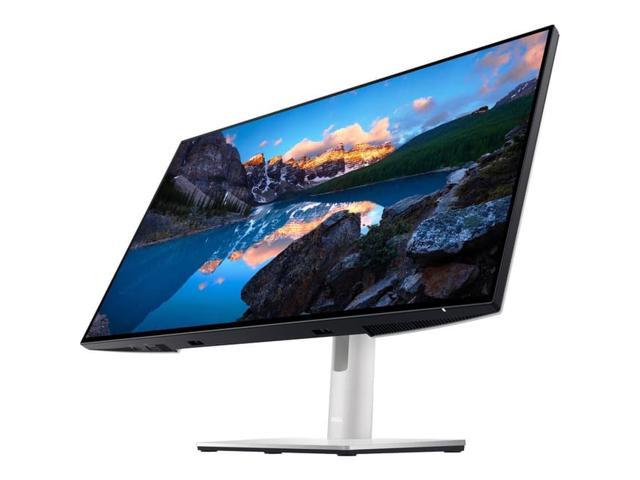Primary source of electric power for the International Space Station (ISS) is the photovoltaic module (PVM). At assembly complete stage, the ISS will be served by 4 PVMs. Each PVM contains two independent power channels such that one failure will result in loss of only one power channel. During early stages of assembly, the ISS is served by only one PVM designated as P6. Solar arrays are used to convert solar flux into electrical power. Nickel hydrogen batteries are used to store electrical power for use during periods when the solar input is not adequate to support channel loads. Batteries are operated per established procedures that ensure that they are maintained within specified temperature limits, charge current is controlled to conform to a specified charge profile, and battery voltages are maintained within specified limits. Both power channels on the PVM P6 have been operating flawlessly since December 2000 with 100 percent power availability. All components, including batteries, are monitored regularly to ensure that they are operating within specified limits and to trend their wear out and age effects. The paper briefly describes the battery trend data. Batteries have started to show some effects of aging and a battery reconditioning procedure is being evaluated at this time. Reconditioning is expected to reduce cell voltage divergence and provide data that can be used to update the state of charge (SOC) computation in the software to account for battery age. During reconditioning, each battery, one at a time, will be discharged per a specified procedure and then returned to a full state of charge. The paper describes the reconditioning procedure and the expected benefits. The reconditioning procedures have been thoroughly coordinated by all affected technical teams and approved by all required boards. The reconditioning is tentatively scheduled for September 2004.















